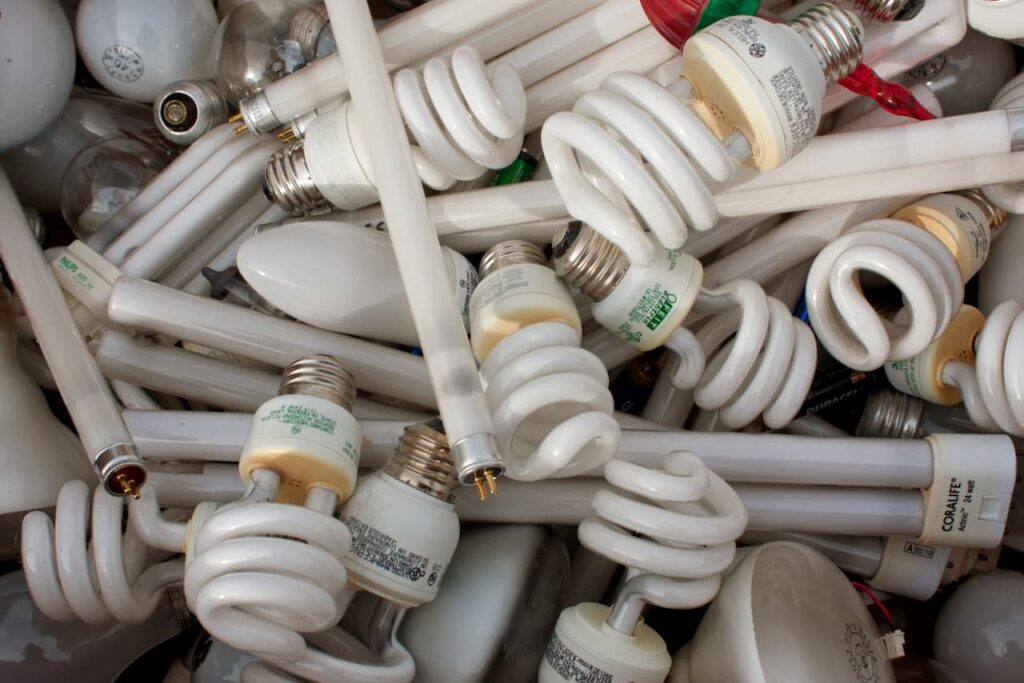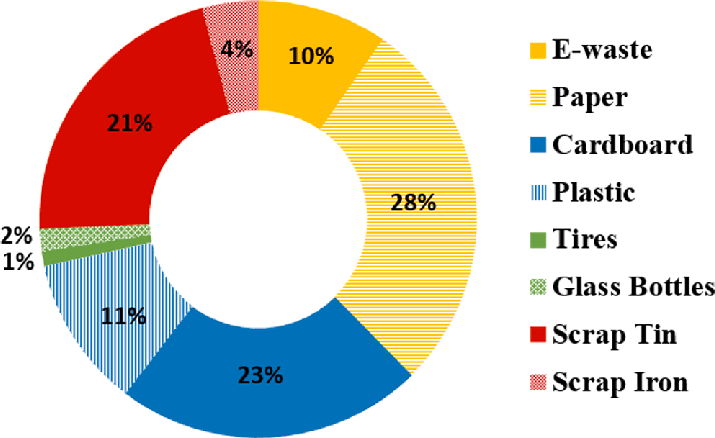How to Identify and Separate Different Types of Scrap
Recycling scrap metal is not only environmentally responsible but also financially rewarding. However, to maximize the benefits of recycling, it’s essential to identify and separate different types of scrap materials efficiently. Proper sorting ensures higher resale value, easier processing, and less contamination, leading to better recycling outcomes.
This guide will walk you through how to identify and separate various types of scrap, whether you’re a homeowner, a small business, or a large-scale recycler.
Why Scrap Separation Matters
Before diving into the specifics, let’s understand why separating scrap is important:
✅ Maximizes Value – Proper sorting ensures you get the best price for each type of scrap. ✅ Reduces Waste – Prevents non-recyclable materials from contaminating recyclable ones. ✅ Improves Efficiency – Makes it easier for recycling facilities to process materials. ✅ Supports Sustainability – Reduces landfill waste and conserves natural resources.
Now, let’s explore how to identify and separate different types of scrap effectively.
1. Identify Scrap by Material Type
The first step is to determine whether the scrap is metallic or non-metallic. Metals are further classified into ferrous (containing iron) and non-ferrous (without iron) metals.
A. Ferrous Metals (Magnetic Metals)
Ferrous metals are magnetic and prone to rust. They are commonly found in construction materials, machinery, and appliances.
How to Identify Ferrous Metals:
- Use a magnet – If it sticks, the metal is ferrous.
- Look for rust – Ferrous metals like iron and steel corrode over time.
Common Ferrous Metals & Sources:
- Iron – Found in pipes, old machinery, and structural beams.
- Steel – Used in cars, appliances, and construction materials.
- Cast Iron – Found in old bathtubs, radiators, and engine blocks.
B. Non-Ferrous Metals (Non-Magnetic Metals)
Non-ferrous metals are non-magnetic and resistant to corrosion. They are more valuable in the scrap industry due to their properties.
How to Identify Non-Ferrous Metals:
- Non-magnetic – A magnet won’t stick to these metals.
- Lightweight – Many non-ferrous metals (like aluminum) are lighter than ferrous metals.
- Resistance to rust – These metals do not corrode easily.
Common Non-Ferrous Metals & Sources:
- Aluminum – Found in soda cans, window frames, and car parts.
- Copper – Used in wiring, plumbing, and electronic components.
- Brass – Found in plumbing fixtures, locks, and musical instruments.
- Lead – Commonly used in batteries and old plumbing pipes.
- Zinc – Found in roofing materials and coatings.
C. Other Scrap Materials
In addition to metals, you may encounter other recyclable scrap materials such as:
- Plastic – Common in packaging, containers, and electronics.
- Glass – Found in bottles, windows, and windshields.
- Electronic Waste (E-Waste) – Includes old computers, TVs, and mobile phones.
- Wood & Paper – Found in furniture and construction debris.
2. Sorting & Separating Scrap Efficiently
Once you’ve identified the types of scrap, the next step is separation to ensure a smooth recycling process.
A. Use the Right Tools for Sorting
To make sorting easy, consider using:
- Magnets – To separate ferrous and non-ferrous metals.
- Metal Test Kits – Helps determine metal type and purity.
- Labelled Bins – Separate metals, plastics, and electronic waste.
B. Separate by Metal Type
- Keep aluminum separate from steel since aluminum is non-magnetic.
- Separate copper and brass – Copper is reddish-brown, while brass has a yellowish tone.
- Sort wiring separately – Copper wires are highly valuable when stripped of insulation.
C. Clean the Scrap for Better Value
- Remove plastic, rubber, and coatings from metal pieces.
- Drain fluids from machinery and car parts before recycling.
- Flatten cans and sheet metal to save space.
D. Keep Hazardous Materials Separate
Some materials require special handling due to toxicity, including:

- Batteries (Lead-acid and lithium-ion)
- Fluorescent bulbs (Contain mercury)
- Electronics (Contain heavy metals like lead and cadmium)
3. Selling & Recycling Scrap
Once sorted, you can sell scrap to local recycling centers or scrap yards. Tips for selling scrap efficiently:
🔹 Find a Reputable Buyer – Look for licensed scrap dealers offering fair rates. 🔹 Check Market Prices – Scrap metal prices fluctuate, so compare rates before selling. 🔹 Bundle Similar Metals – Sorting and bundling metals fetch a better price. 🔹 Keep Records – Maintain a record of what you sell to track profits.
Conclusion
Identifying and separating different types of scrap maximizes its value, reduces waste, and makes recycling more efficient. By using simple tools like magnets, visual inspection, and proper storage bins, you can easily classify and separate ferrous, non-ferrous, and other recyclable materials.
Whether you’re recycling at home, running a scrap business, or simply looking to make extra income, proper scrap sorting is the key to success. Start today and contribute to a cleaner environment while earning from recyclable materials!
This guide will walk you through how to identify and separate various types of scrap, whether you’re a homeowner, a small business, or a large-scale recycler.

